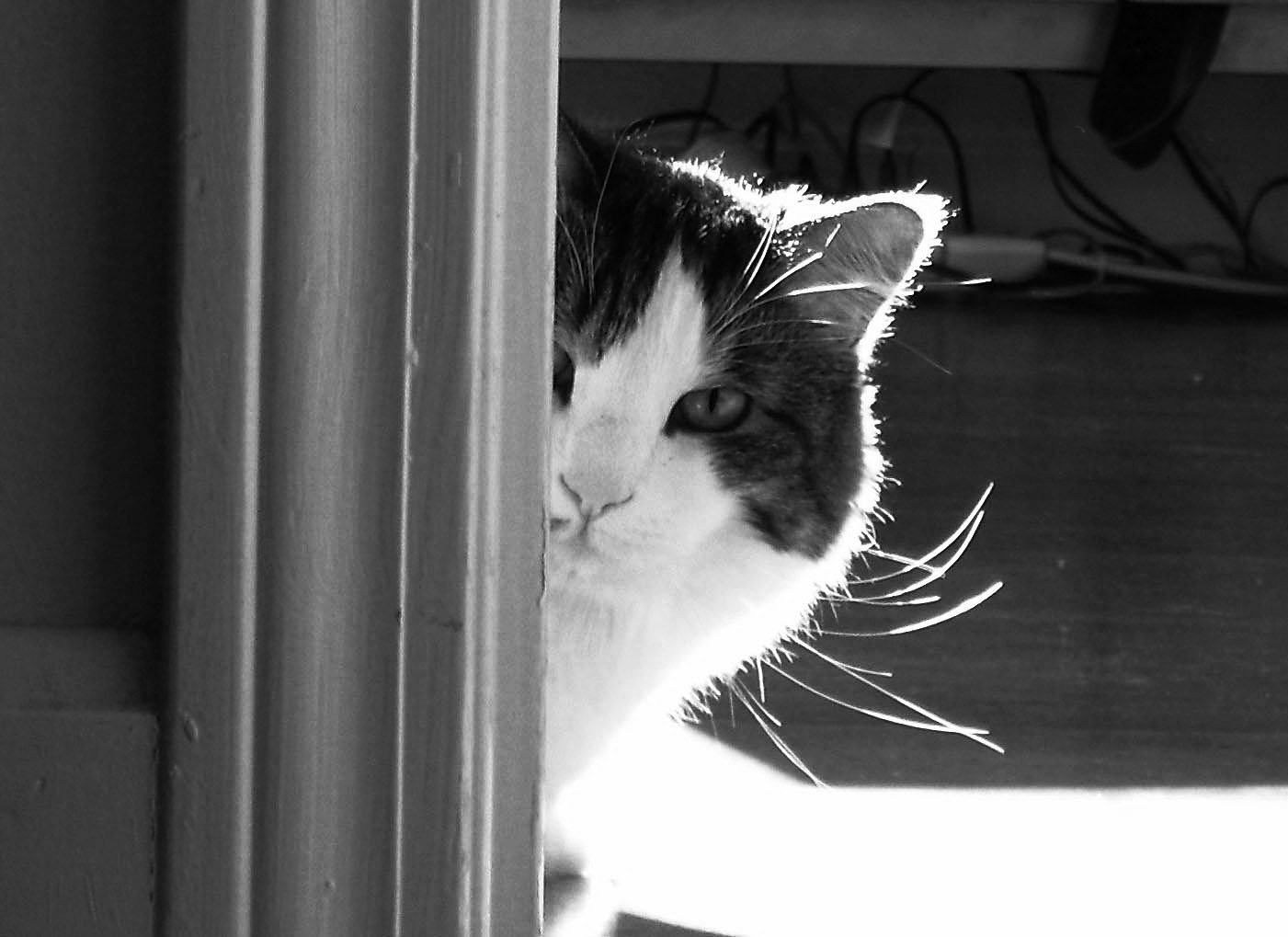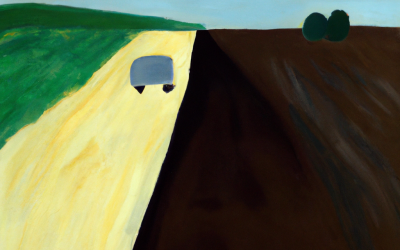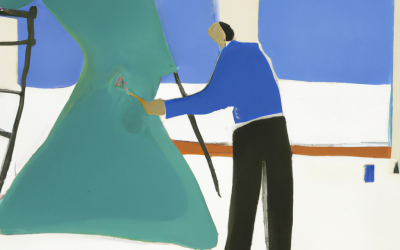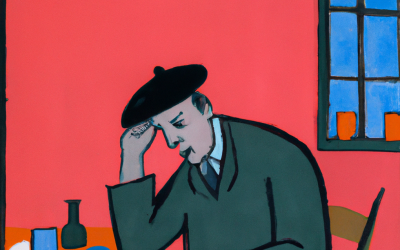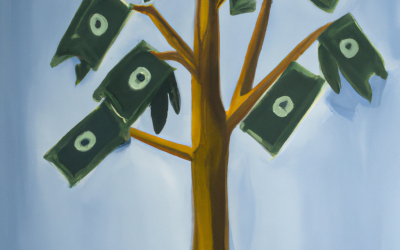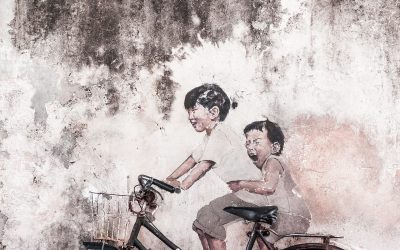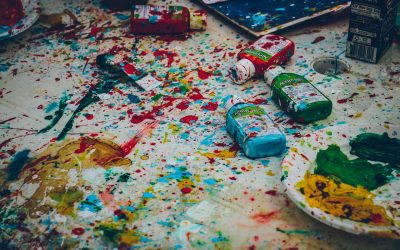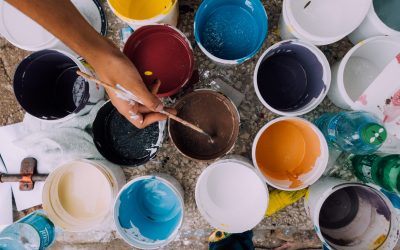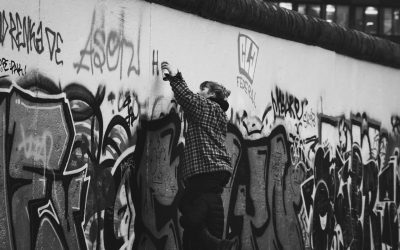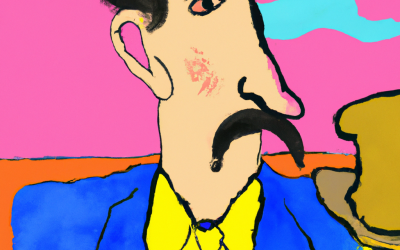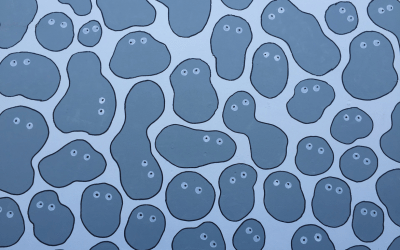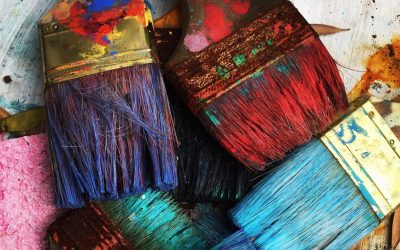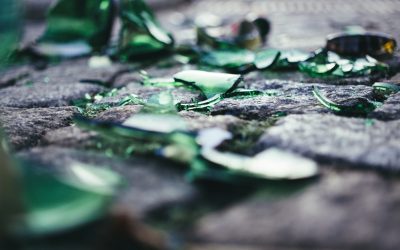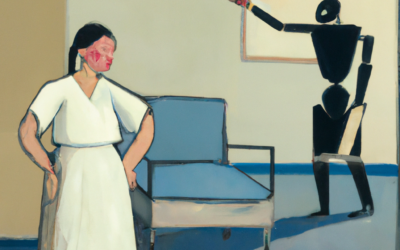![]() Creative inspiration is a complex and beguiling subject. As an Artist for many years, I have attempted to conjure up the timeless muse in innumerable ways, sometimes successfully and sometimes not. For many creative people I know, it seems to come and go when it pleases, and often when you least expect it.
Creative inspiration is a complex and beguiling subject. As an Artist for many years, I have attempted to conjure up the timeless muse in innumerable ways, sometimes successfully and sometimes not. For many creative people I know, it seems to come and go when it pleases, and often when you least expect it.
It’s like a cat that will stand in a doorway for long periods of time without coming inside the house. When you call the cat, it doesn’t appear to hear you. Then perhaps said cat will turn and walk away, not even considering the option of coming inside. Then, on another day, quite randomly, the cat will just walk casually through the door and come inside the house without any acknowledgment of its previous capricious, ambivalent behavior. If you are used to having a dog around the house, this might make you pull your hair out.
Doing ‘The Work’
Then there is this idea that’s been touted in recent decades by creativity book Authors like Steven Pressfield (The War of Art). It’s the idea of routinely or daily doing specific work with a medium of some kind, with a goal or deadline in mind – simply put, hunkering down and doing ‘the work.’ This is the approach to creative inspiration few Artists know about, because you have to actually do it for some time in order to understand its simple effectiveness.
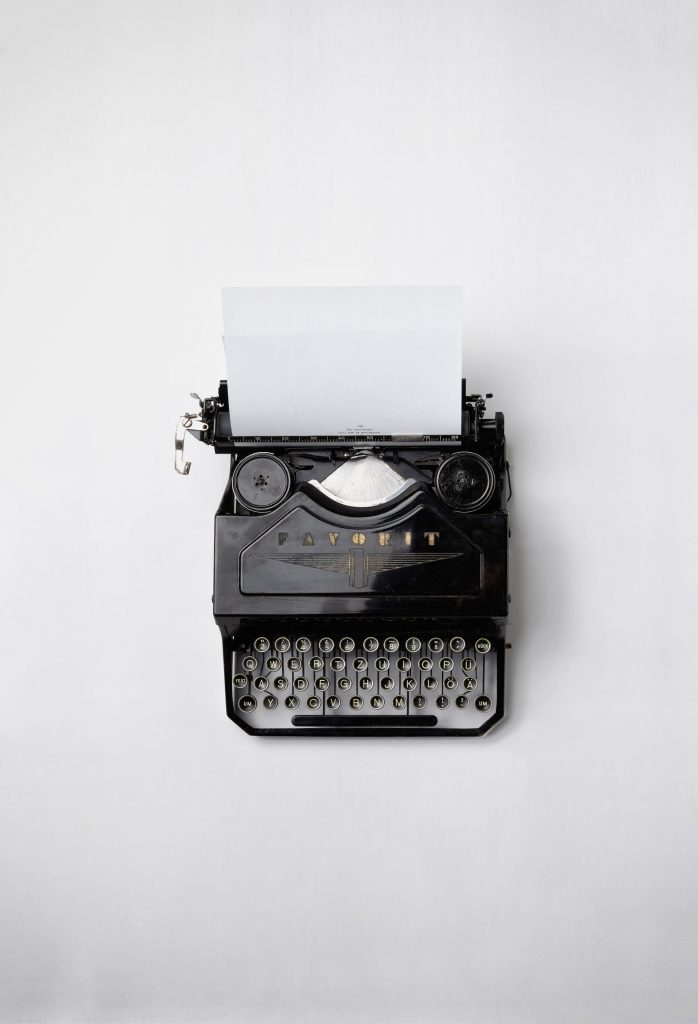
For example, if you are a committed, professional writer, you most likely will have a routine to doing your writing, presumably but not necessarily at the same time everyday, or for the same length of time everyday. What happens when you commit to this way of working is nothing short of magical. Inspiration walks through the door effortlessly, without being called. Because you have developed a readiness for it, it comes. And because you’ve learned how to drop into your Flow state at any given moment by giving yourself wholly to your medium, creative inspiration will invariably invite itself in like a well-trained dog.

Photo by Marcelo Moreira: https://www.pexels.com/photo/woman-reading-book-2108768/
The Monkey Mind
This brings me to the question often asked by my coaching clients – ‘Why is creative inspiration an annoying, capricious cat?’ (I’m paraphrasing here.) The reason creative inspiration seems to come and go like a mysterious feline is because our minds do the same. We commonly have what is known in certain meditation-based spiritual traditions as the ‘monkey mind.’ It is not a mental disease, so to speak, but merely a symptom of being human. We humans have minds that go all over the place, all of the time. Our minds, by which I mean the thinking parts of our minds, are constantly moving, continually producing and grasping at thoughts.
And it appears we are born this way. If you look at a baby, you can easily see their monkey mind at work because they don’t try to hide it. They are here, then the next moment they are there – they’re constantly changing their direction of attention. This is what most adults do, albeit in a less embodied way – in our heads. But we are much better at hiding our monkey minds than children. Imagine any adult person speaking or acting out every impulse that goes through their mind like a toddler does. People around them might think they were a Dadaist, or that they read too much T.S. Eliot while on drugs and got stuck that way.
Photo by Pixabay: https://www.pexels.com
Mastering the Art of Single Pointed Concentration
Then sometimes we meet people who have trained their minds to a certain degree in what we refer to in some Eastern spiritual traditions as Shamata – single-pointed concentration, which is the ability to place your mind on an object and keep it there. There are many different, known meditations that can help a person learn to concentrate their mind, Shamata practice being one very effective and time-honored method.
As an Artist, you might have your own sitting meditation practice, which, if done right, can help you gain easier access to states of creative Flow. In addition, it will help you with most every other aspect of your life. You will also be able to greatly accelerate your ability to concentrate your attention by taking the time to master your art form. Why? Because inherent in mastering any medium is mastery of the art of single-pointed concentration. Without that you have no mastery at all.
Creative Inspiration Flows from Mastery
And mastery of any physical art form implies that you also must do it in an embodied way. In other words, you’re not just using the thinking mind, working with abstractions like a philosopher might do. You’re using your body, and oftentimes your whole body with all its innate senses, to perform your art or to work with your medium. Working with your five senses creatively on a regular basis has profound effects on our state of mind. It leads to a calm, centered way of being, and a mind that can focus easily. It also makes creative inspiration much more accessible to us.
I have friends who are experienced meditators. They have a certain quality of attention, and presence, that is unlike most other people I know. I also have friends who are accomplished musicians, dancers, photographers, painters, and martial artists. They have a certain quality about them that is similar to my meditator friends. They have attained, via their physical art practice, an ability to concentrate their attention that is congruent to their level of mastery. They are usually able to drop into Flow easily, and that ability affects other areas of their life in a positive way.
Dedication and Perseverance Birth Creative Inspiration
I’m not saying all Artists are highly evolved, balanced people. Of course there are countless creatives who have gotten into heavy drugs and messed up their minds. There are Artists who couldn’t handle fame or fortune and killed themselves. Their are all shapes and colors and evolutions of creative people, and we all have our lessons to learn while enrolled in the school of planet Earth. But I’ve noticed something about professional Artists who have gotten over their arrogance and their moodiness, who have endured the rainy days and harsh winters of working with a creative medium. They have a kind of mature authenticity about them that cannot be faked, and that only comes from showing up every day to do the work.
What I mean to say in a nutshell is that creative inspiration is only a problem for the ‘dreamer-but-not-the-doer,’ a.k.a. the Artiste Manqué (from the book, The Infinite Artist). Having been the Artiste Manqué myself, I am well acquainted with it.
But when you are ready to go beyond your fear and your reticence to do the thing you are passionate about…when you act boldly and commit to learning what you have to learn and then actually follow your creative impulses on a continual, regular basis, you won’t ever have issues with creative inspiration. It will show up every time you sit down or stand up to do your art.
– To be continued in Creative Inspiration Part 2, a future post…

